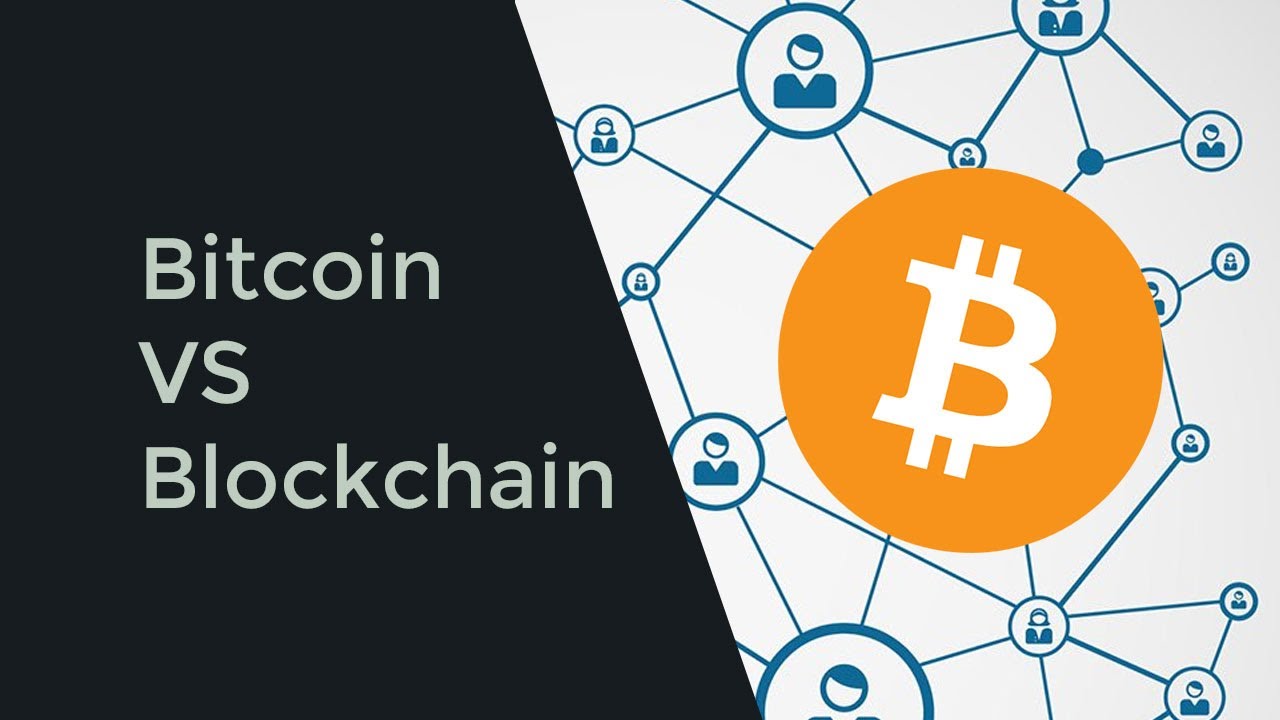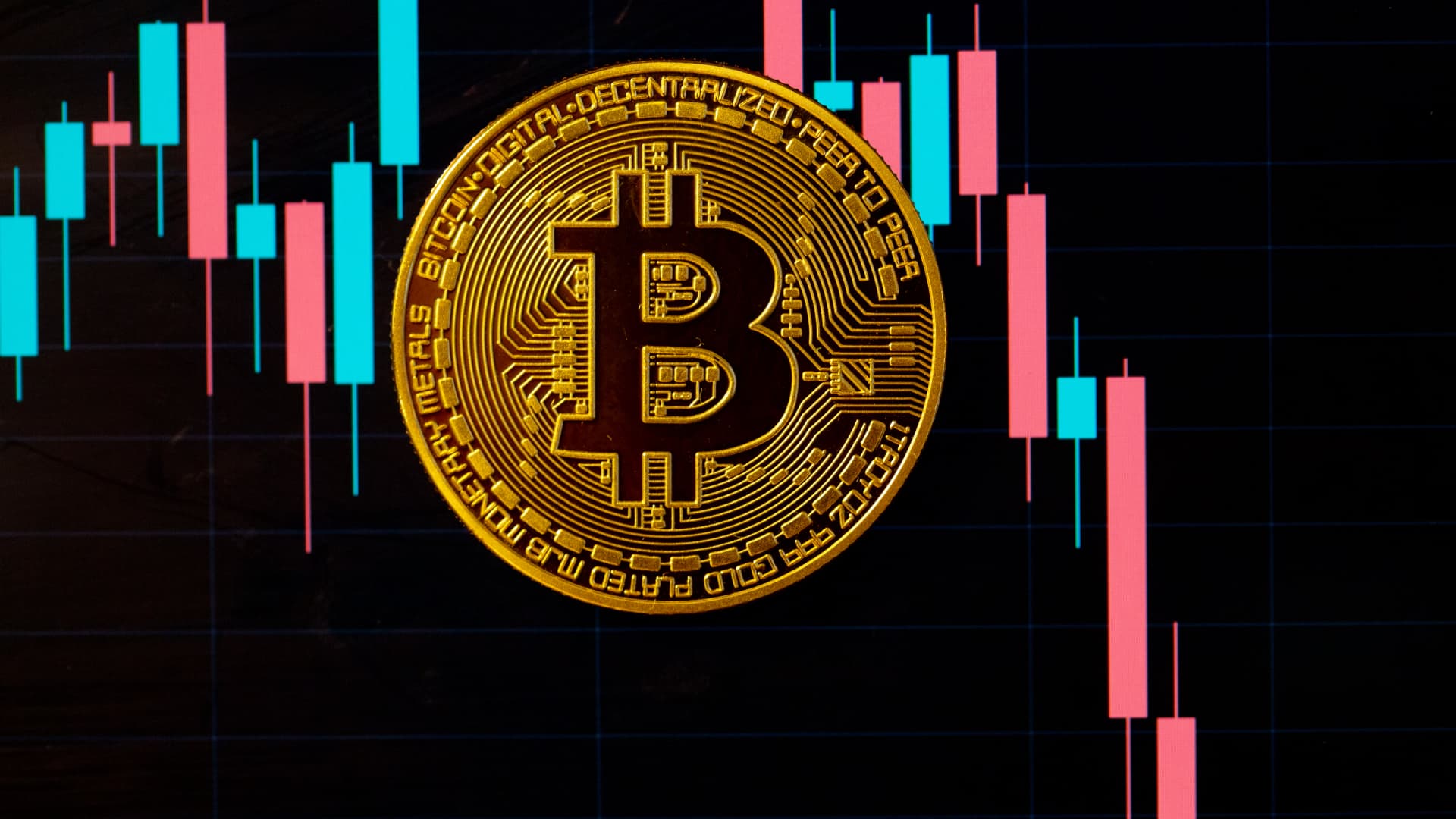Bitcoin and Gold The New Era of the Debasement Trade
Analysts say Bitcoin still qualifies for the debasement trade as gold hits fresh records Explore how both assets are redefining store-of-value strategies.
As global economic uncertainty deepens, investors are once again turning to traditional safe havens like gold—and increasingly, Bitcoin—to shield their portfolios from currency debasement. With gold recently climbing to fresh record highs and Bitcoin holding firm above critical price levels, analysts suggest that Bitcoin still qualifies for the debasement trade, even amid fluctuating macroeconomic conditions.
In a world of persistent inflation, aggressive monetary easing, and growing fiscal deficits, investors are searching for assets that can retain value as fiat currencies lose purchasing power. Gold’s dominance in this realm remains undisputed, yet Bitcoin’s digital scarcity and decentralized nature have cemented its role as a modern hedge against monetary debasement.
In this comprehensive analysis, we’ll explore why analysts continue to view Bitcoin as part of the debasement trade, how its correlation with gold is evolving, and what this means for investors navigating the next phase of global market turbulence.
The Debasement Trade
What Does Debasement Trade Mean
The debasement trade refers to investment strategies designed to protect wealth from the declining value of fiat currencies. Historically, when central banks print excessive amounts of money or maintain ultra-low interest rates to stimulate growth, the purchasing power of national currencies erodes over time. Investors, anticipating this, move capital into hard assets such as gold, silver, real estate, and now increasingly, Bitcoin.
The concept dates back centuries, to times when monarchs physically diluted the precious metal content of coins. Today, debasement occurs digitally, as central banks expand the money supply through quantitative easing (QE) or deficit spending. These policies aim to sustain economies but can inadvertently stoke inflation, weakening confidence in paper money.
Bitcoin’s Place in the Modern Debasement Narrative

While gold has been the classic hedge against debasement, Bitcoin emerged over the past decade as a digital counterpart—often dubbed “digital gold.” Its fixed supply of 21 million coins, programmed scarcity, and decentralized governance make it immune to traditional monetary manipulation.
Analysts argue that Bitcoin qualifies as a debasement hedge precisely because of these attributes. It exists outside the control of central banks, cannot be inflated at will, and serves as a store of value independent of the fiat system.
Gold’s Record Highs and Renewed Investor Confidence
Gold Reaches New Peaks Amid Economic Uncertainty
In recent months, gold prices have surged to new all-time highs, driven by a perfect storm of macroeconomic pressures—persistent inflation, geopolitical tensions, and slowing economic growth. Central banks worldwide, particularly in emerging markets, have been increasing gold reserves to diversify away from the U.S. dollar.
Analysts from major institutions like JPMorgan, Bank of America, and Standard Chartered note that gold’s upward trajectory underscores a broader loss of confidence in fiat currencies. The U.S. Federal Reserve’s prolonged monetary easing and the ballooning U.S. debt load have reignited investor fears of long-term dollar weakness.
Gold’s performance reflects not only its role as a safe haven but also as a barometer of faith in monetary stability. As one analyst put it, “When gold rises to record highs, it’s not just about inflation—it’s about the world losing faith in paper money.”
Why Gold’s Surge Matters for Bitcoin
Bitcoin and gold share overlapping investor bases. Historically, Bitcoin has often followed gold’s movements during periods of economic distress, albeit with higher volatility. Gold’s current rally signals that markets are once again prioritizing wealth preservation over risk-taking—a climate where Bitcoin has also thrived.
As gold shines, Bitcoin’s legitimacy as a macro hedge strengthens, particularly among institutional investors who view both assets as part of a portfolio debasement trade. The narrative isn’t about competition between gold and Bitcoin—it’s about coexistence in a world where fiat trust continues to erode.
Bitcoin’s Enduring Appeal in the Debasement Trade
Scarcity and Supply Discipline
Bitcoin’s greatest strength lies in its programmed scarcity. Unlike fiat currencies that can be printed infinitely, Bitcoin’s supply is capped at 21 million coins. This built-in scarcity is reinforced by halving events—periodic reductions in mining rewards that decrease the rate of new supply.
These halvings mimic gold’s natural scarcity, where mining output declines as deposits become harder to find. Economists argue that such scarcity-based models create long-term value resilience, especially during inflationary cycles.
The next Bitcoin halving, expected in 2028, will further tighten supply—potentially magnifying its appeal to investors anticipating ongoing currency debasement.
Digital Store of Value and Institutional Recognition
Over the last few years, institutional adoption of Bitcoin has expanded significantly. Financial giants like BlackRock, Fidelity, and ARK Invest now offer or support Bitcoin-related products. The approval of Bitcoin spot ETFs in several markets has also brought new legitimacy, making it easier for traditional investors to gain exposure.
This wave of recognition reinforces Bitcoin’s store-of-value narrative, aligning it with gold’s historical role while enhancing liquidity and accessibility. Analysts from Bloomberg Intelligence have noted that Bitcoin’s growing correlation with gold during stress periods reflects its maturation as a macro asset rather than a speculative one.
Also Read: Bitcoin TradingView Pro Charts Alerts & Pine Script
The Inflation and Dollar Connection

Inflation remains the key driver of the debasement trade. Even as headline inflation moderates, core inflation—which strips out volatile components—remains elevated in major economies. Central banks may be forced to tolerate “sticky” inflation while maintaining loose monetary policies to support growth.
Simultaneously, the U.S. dollar’s long-term outlook faces challenges from mounting debt and rising fiscal deficits. As confidence in fiat stability wanes, Bitcoin’s decentralized and deflationary model becomes increasingly attractive.
Analyst Perspectives Bitcoin Still in the Debasement Game
Strategist Views from the Financial Sector
Market strategists widely acknowledge that Bitcoin remains part of the debasement trade, even if its short-term price action appears disconnected from macro signals. Analysts at Goldman Sachs and Deutsche Bank have argued that Bitcoin performs best during periods of real interest rate decline, when the inflation-adjusted yield on traditional assets turns negative.
According to Mike McGlone, Senior Macro Strategist at Bloomberg Intelligence, “Bitcoin behaves like a high-beta version of gold—it amplifies the effects of liquidity expansion and currency debasement. When gold rises due to monetary easing, Bitcoin tends to outperform in percentage terms.”
Similarly, Ark Invest’s Cathie Wood maintains that Bitcoin remains the “purest hedge” against government overreach in monetary policy. She believes its decentralized structure offers a layer of protection unavailable in traditional markets.
Bitcoin vs. Gold Not Competitors But Complements
Some investors frame Bitcoin and gold as rivals, but many analysts now see them as complementary components of the same trade. Gold offers stability, liquidity, and historical trust; Bitcoin provides growth potential, portability, and technological innovation.
This complementary dynamic has led portfolio managers to construct “digital-gold blended strategies”, balancing the safety of gold with the upside potential of Bitcoin. As one analyst noted, “The 60/40 portfolio may be outdated; the future could belong to the ‘Gold-Bitcoin hedge portfolio.’”
Market Correlation and Divergence
Correlation Trends Between Bitcoin and Gold
While Bitcoin’s correlation with gold fluctuates, long-term data reveals a positive relationship during macro stress events. For example, during the 2020 COVID-19 crisis and the 2022 inflation spike, both assets rallied in tandem as investors sought safety outside traditional markets.
Recently, as gold hit new highs, Bitcoin has maintained resilience above critical levels—even amid regulatory scrutiny and market volatility. This correlated resilience indicates that both assets are benefiting from a shared macro narrative: protection against fiat debasement.
Volatility as a Double-Edged Sword
Bitcoin’s volatility remains higher than gold’s, which can both attract and deter investors. For short-term traders, volatility provides profit opportunities; for long-term holders, it’s simply the price of exposure to an asset in monetization phase.
Analysts often describe Bitcoin as “emerging digital gold”—a younger, more volatile version of what gold represents today. As adoption grows and market depth increases, volatility is expected to decline, further strengthening Bitcoin’s role as a stable hedge.
Institutional Adoption and the Macro Hedge Thesis
The Rise of Bitcoin ETFs and Institutional Exposure
The approval of Bitcoin exchange-traded funds (ETFs) has marked a turning point for institutional participation. These vehicles provide secure, regulated access to Bitcoin exposure, removing the barriers of custody and compliance that once deterred traditional investors.
Institutional demand has accelerated as pension funds, hedge funds, and family offices recognize Bitcoin’s portfolio diversification potential. According to recent data, institutional Bitcoin holdings have reached record levels, suggesting growing confidence in its macro utility.
Central Bank Behavior and the Fiat Conundrum
While central banks continue to accumulate gold, they have yet to officially embrace Bitcoin. However, smaller economies facing currency crises—such as Argentina and Nigeria—are witnessing growing grassroots Bitcoin adoption.
This underscores Bitcoin’s unique advantage: it doesn’t require central-bank approval to serve as a store of value. Its decentralized, borderless nature allows individuals to opt out of weakening fiat systems—a form of financial sovereignty unmatched by any other asset.
Future Outlook The Dual Hedge Era
Economic Cycles and the Digital Gold Narrative
Analysts believe the coming decade may define the dual hedge era, where gold and Bitcoin coexist as parallel instruments of monetary protection. As governments continue to grapple with debt-driven economies and aging financial systems, the demand for alternative stores of value will intensify.
Bitcoin’s role is expected to expand, especially among younger investors who view digital assets as more aligned with modern financial systems. Meanwhile, gold’s physical tangibility ensures it will remain a core holding for conservative investors.
Technological Integration and Market Evolution
Advancements in blockchain technology, the expansion of the Lightning Network, and the integration of Bitcoin into payment systems could strengthen its real-world utility. As the asset becomes more functional and accessible, it transitions from a speculative instrument to a mainstream financial pillar.
In contrast, gold will continue to serve its traditional role—anchoring portfolios through stability and trust. The coexistence of both assets signifies a new paradigm: digital scarcity meeting historical scarcity.
Conclusion
The ongoing surge in gold and the resilient performance of Bitcoin underscore a profound shift in investor psychology. The debasement trade—once dominated by gold—now includes a formidable digital counterpart.
As fiat currencies face long-term headwinds from debt accumulation and inflationary pressures, both gold and Bitcoin offer protection, diversification, and sovereignty. Analysts agree that Bitcoin still qualifies for the debasement trade, not as a speculative gamble, but as a foundational pillar in modern portfolio construction.
While gold shines as the anchor of monetary history, Bitcoin stands as its digital evolution—each reinforcing the other in a world seeking stability amid chaos. The age of monetary debasement has given rise to two beacons of value—one forged in the earth, the other built in code.
FAQs
What does debasement trade mean in finance
The debasement trade refers to investing in assets like gold or Bitcoin to protect wealth from the declining value of fiat currencies caused by inflation or excessive money printing.
Why do analysts say Bitcoin still qualifies for the debasement trade
Analysts believe Bitcoin qualifies because of its fixed supply, decentralized nature, and growing acceptance as a digital store of value, similar to gold’s traditional role.
How does Bitcoin compare to gold as a hedge against inflation
While gold offers historical stability, Bitcoin provides higher growth potential. Both assets act as hedges, but Bitcoin’s digital scarcity and ease of transfer give it a modern advantage.
What role do central banks play in the debasement trade
Central banks indirectly fuel the debasement trade through monetary expansion and low interest rates, which drive investors toward hard assets like gold and Bitcoin.
Will Bitcoin replace gold as the ultimate store of value
Not entirely—most analysts expect Bitcoin to complement rather than replace gold. Together, they form a dual-hedge strategy for protecting wealth in the era of monetary uncertainty.







